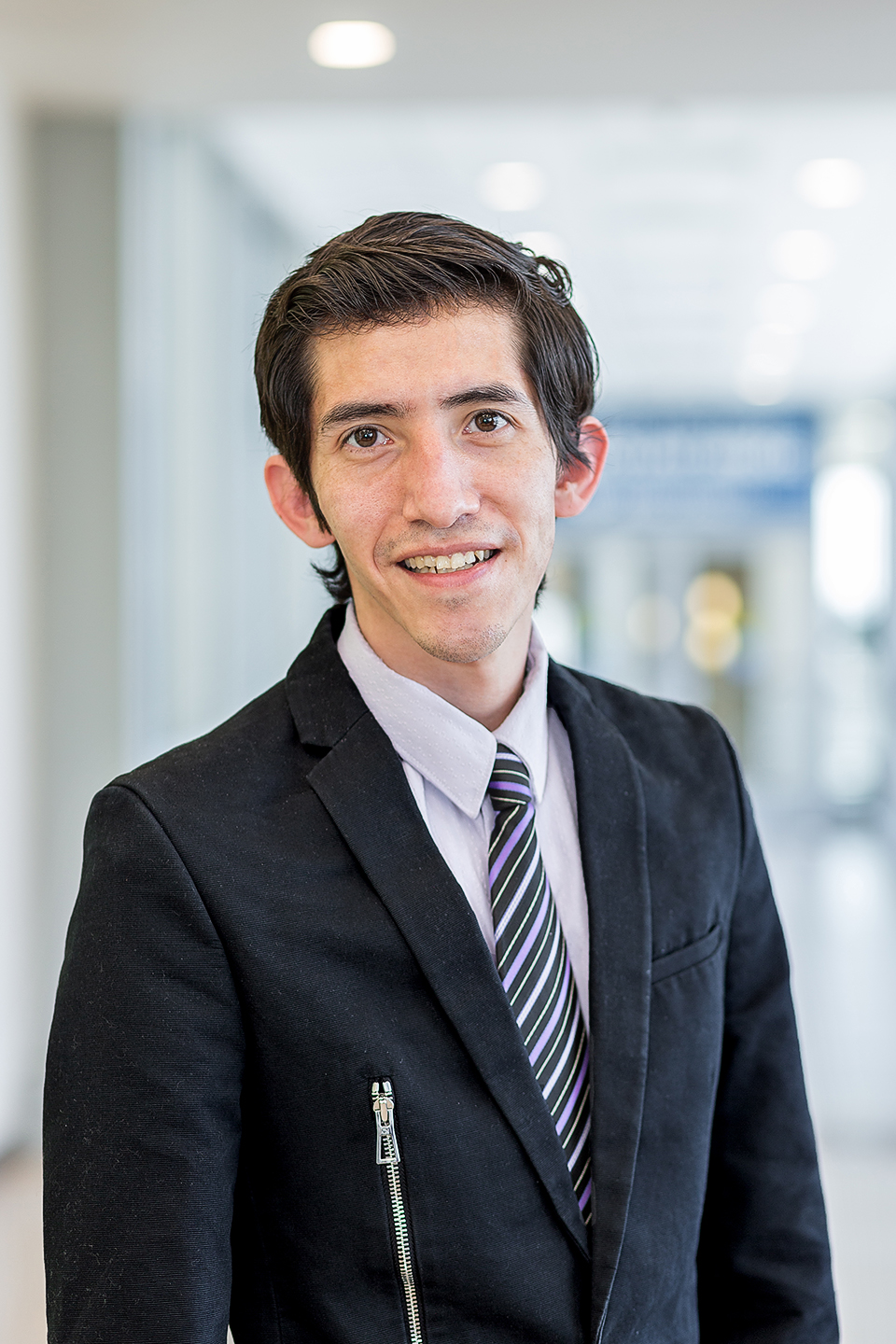
Early experience of solid organs transplantation from COVID-19 positive donors in a single institute
Jorge Sanchez-Garcia1, Philippe Paci1, Camron Dovalina2, Abigail Ha2, Becca Welch2, Ivan Zendejas1, Alan G Contreras1,3, Shiro Fujita1,3, Manuel I Rodriguez-Davalos1,3, Diane Alonso1.
1Liver Transplant Service, Intermountain Medical Center, Murray, UT, United States; 2Organ Recovery Services, Donor Connect, Murray, UT, United States; 3Liver Transplant Service, Primary Children's Hospital - Intermountain Healthcare, Salt Lake City, UT, United States
Introduction: COVID-19 pandemic impacted organ transplantation in the United States. Organs from COVID-19 positive donors had a higher nonrecovery rate. In addition, kidney organs from COVID-19 positive donors had a higher post-procurement discard rate when compared to COVID-19 negative donors. The aim to this study is to report the experience in utilization organs from COVID-19 positive donors.
Methods: Retrospective review of all donors with history of COVID-19 positive from March 2021 and December 2021 in a single institution. Donors were classified in two groups: early window (<10 days of their first positive test) and late window (>21 days of their first positive test). Primary endpoint was pulmonary complications (ie, pulmonary embolism, and pneumonia) in the recipients within 30 days after transplantation. Secondary endpoints were graft and patient survival.
Results: A total of 50 organs from COVID-19 positive donors were recovered (34 kidneys, 11 livers and 5 hearts) in the region. Of these, 17 organs (13 kidney and 4 livers) from 10 COVID-19 positive donors were allocated to our institution. Seven donors were male (70%), median age was 29 (IQR 22-55) years old. Five grafts were from donation after circulatory death (DCD, 50%), with a median warm ischemia time of 19 minutes (IQR: 19-20). Four donors (40%) were hospitalized due to COVID-19 infection, while the remainder tested incidentally positive during the donor workup. The median time of first COVID-19 positive test to procurement date was 5 (IQR 3.3-24.8) days. Six donors were classified as early window and four donors were classified as late window. Of the former, three remained with a positive COVID PCR test with cycle threshold values ranging from 35-38.1 at the time of procurement. Donors (25 vs 60 years, p=0.068) and recipients (44 vs 65 years, p=0.008) were younger, and a lower rate of DCD (1 vs 4, p=0.053) was observed in the early window group. Peak creatinine (1.2 vs 1, p=0.7) and total bilirubin (0.7 vs 1, p=0.7) were similar between groups, and graft terminal median creatinine and median total bilirubin was 0.9 (IQR 0.8-1) mg/dL and 0.4 (IQR 0.3-0.6) mg/dL, respectively for both groups. Overall, 13/17 recipients were males, with a median age of 50 years old (IQR: 43-63). Median waitlist times were 1165 days (IQR: 572-1520), and 342.5 days (IQR: 284-398) for kidney and liver recipients, respectively. The length of stay was 4 (IQR 3-4) and 9 days (IQR 8-11) for kidney and liver recipients with no pulmonary complications recorded. Median follow up time was 3 (IQR 2-5) months, and no graft loss or patient death was recorded.
Conclusion: COVID-positive donors in solid organ transplantation appear to have minimal risk for post-transplant complications in the short-term. Donors having a COVID-19 positive test with a high threshold can be recommended depending on the recipient’s risk for wait list mortality.

right-click to download
